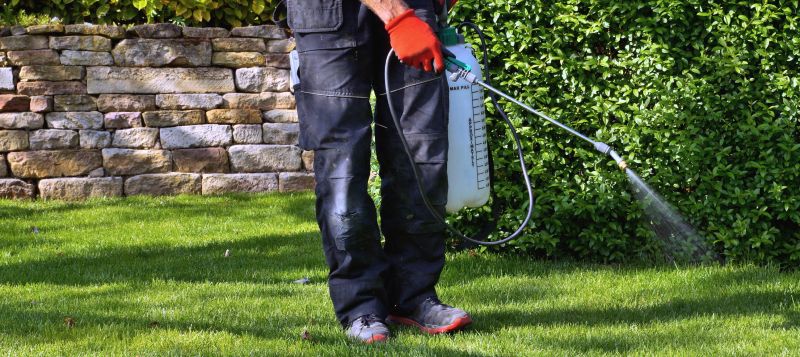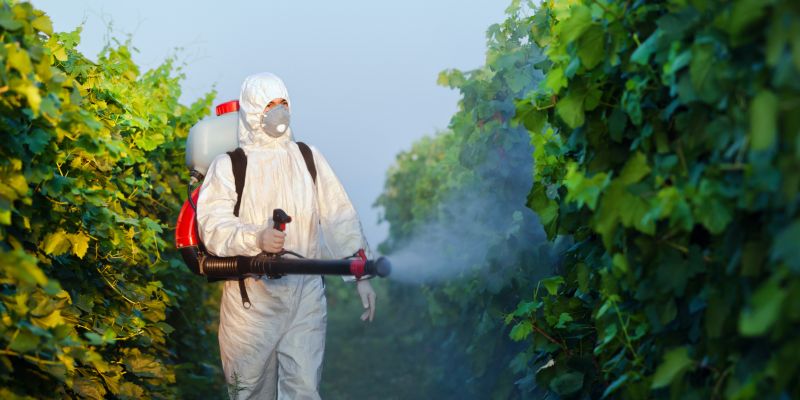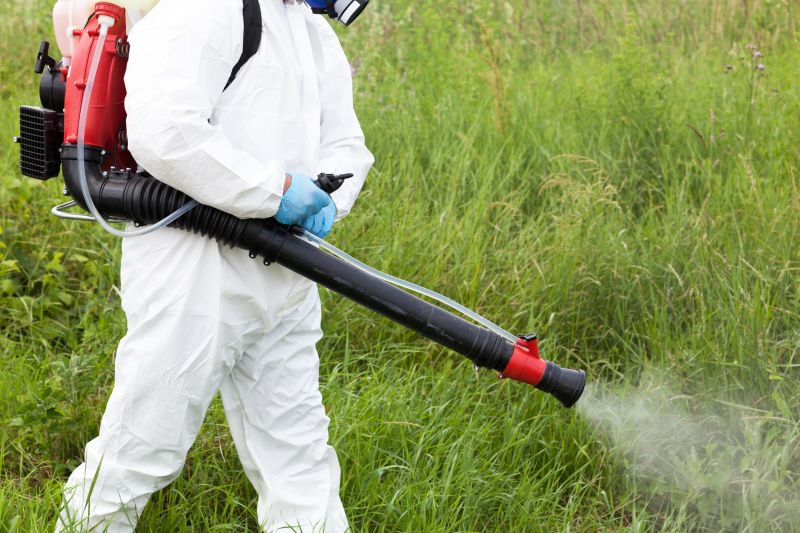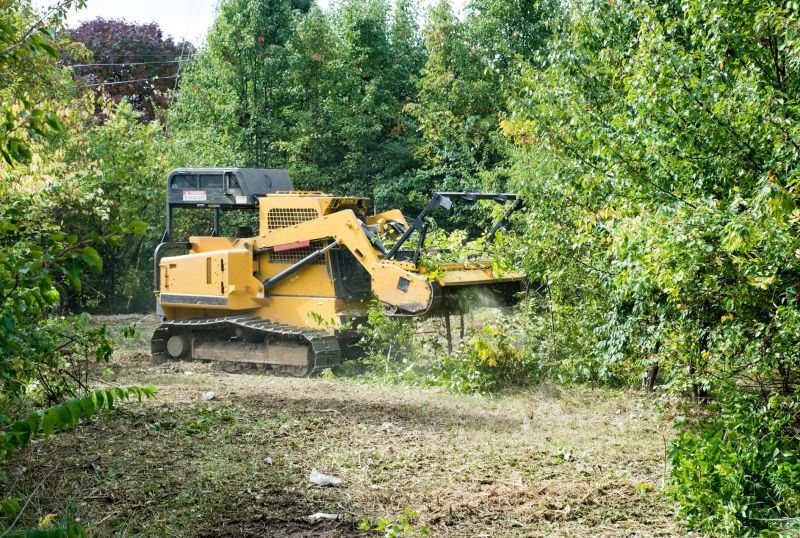Vegetation Control Costs Overview

Larger and harder-to-reach areas typically require more resources, increasing costs.

Different plant species and densities influence treatment complexity and pricing.

Choice of control methods, such as chemical, mechanical, or biological, affects overall costs.
| Factors Affecting Cost | Details |
|---|---|
| Site Size | Larger sites generally incur higher costs due to increased labor and materials. |
| Vegetation Density | Denser vegetation requires more intensive treatment, raising expenses. |
| Type of Vegetation | Hardy or invasive species may need specialized methods, impacting price. |
| Treatment Frequency | Multiple applications or ongoing maintenance increase total costs. |
| Accessibility | Difficult terrain or restricted access can add to labor and equipment expenses. |
| Equipment Used | Advanced machinery or specialized tools can influence overall pricing. |
| Labor Requirements | Higher labor hours due to site complexity contribute to increased costs. |
| Permitting and Regulations | Compliance requirements may add to project expenses. |
The cost of vegetation control varies significantly based on site-specific factors. Smaller, accessible sites with less dense vegetation tend to be more economical, while larger, complex terrains with invasive species require more resources and higher investments. Treatment methods also influence pricing; chemical applications may differ in cost from mechanical removal or biological controls. Ongoing maintenance and treatment frequency further impact the total expenditure, emphasizing the importance of tailored assessments for accurate budgeting.
Additional factors such as equipment type and regulatory compliance can add layers of complexity to cost calculations. Proper evaluation of site conditions and vegetation types ensures effective treatment planning, aligning expectations with realistic costs. Investing in detailed assessments helps avoid unexpected expenses and optimizes resource allocation for vegetation management projects.

Specialized sprayers and chemicals influence treatment costs, especially for large or resistant areas.

Heavy machinery like mowers and excavators are used for extensive removal projects.

Use of natural predators or bio-control agents may involve different expense considerations.
| Related Vegetation Control Services | Average Cost Range |
|---|---|
| Brush Clearing | $500 - $2,500 per acre |
| Invasive Species Removal | $1,000 - $4,000 per acre |
| Stump Grinding | $150 - $300 per stump |
| Vegetation Management Planning | $1,000 - $5,000 per project |
| Herbicide Application | $200 - $800 per acre |
| Mechanical Vegetation Removal | $1,000 - $3,000 per acre |
| Site Restoration Post-Removal | $2,000 - $6,000 per project |
| Erosion Control on Vegetation Sites | $1,500 - $4,500 per site |
Cost considerations for vegetation control services are multifaceted, encompassing site size, vegetation type, and chosen methods. Proper planning and detailed assessments can help manage expenses effectively. Engaging with experienced professionals ensures that treatments are tailored to specific site conditions, potentially reducing unnecessary costs while achieving desired outcomes.
Accurate budgeting for vegetation control requires understanding the scope of work and the specific challenges presented by the site. From large-scale invasive species removal to targeted herbicide applications, each service has its own cost structure. Considering factors such as equipment needs, treatment frequency, and regulatory compliance can aid in developing a comprehensive financial plan for vegetation management projects.
